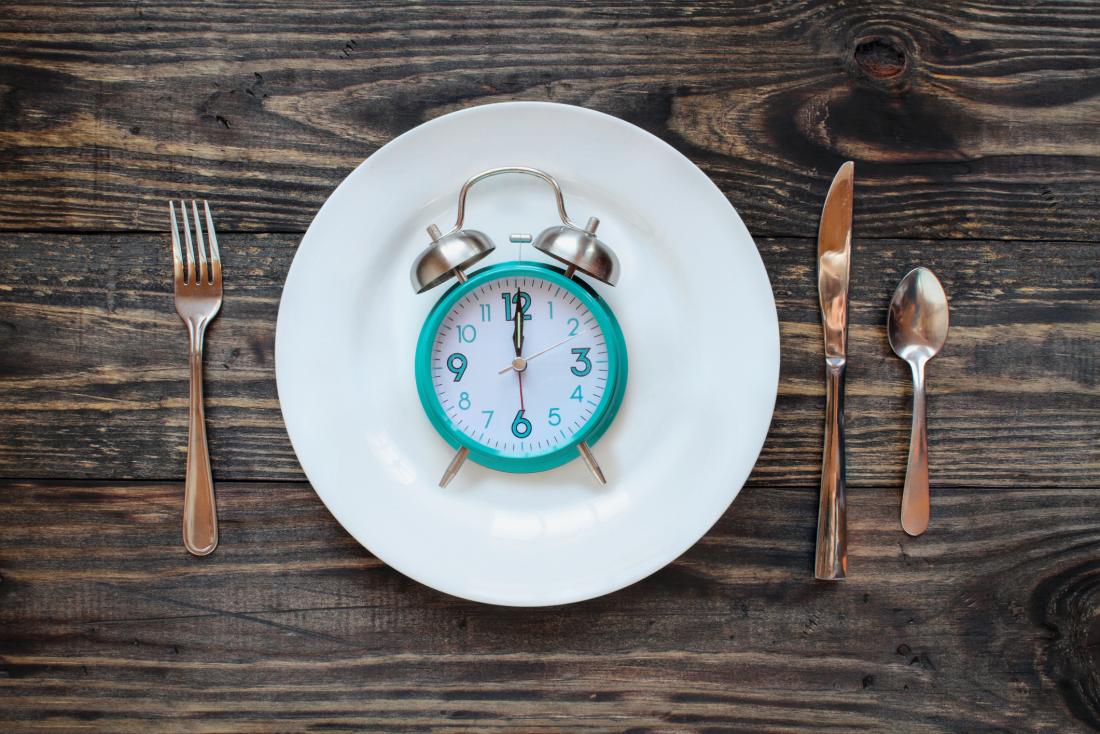6 Popular Ways to Do Intermittent Fasting
In recent years, intermittent fasting has gained popularity due to the various health benefits it offers. It is claimed to improve weight loss, and metabolic health along with other myriad of health benefits.
Read on to know what intermittent fasting is and what are the various ways to do it.
What is intermittent fasting?
Intermittent fasting is not a diet plan but in fact a pattern of eating. It’s a way of scheduling the meals such that you restrict the intake of foods and sweetened beverages for a specific period of time everyday (usually 10-16 hours) and eating only during the remaining hours. People can pick any window to eat that works for them. During the fasting time only unsweetened, non-caloric beverages like water, green tea, black tea and black coffee can be taken, but nothing that requires digestion.
How does intermittent fasting works?
The theory behind intermittent fasting is that it deprives the body of calories for an extended period of time and forces the body into a temporary state of starvation, in which, it burns that fat cells to provide energy to the body. The result is improved weight loss and decreased body-fat ratio.

Source: Medical News Today
The benefits of intermittent fasting
Dietitians and experts recommend 12 to 14 hours of intermittent fasting for most people, as it helps to break the pattern of mindless eating and encourages intake of balanced meals. According to dietitian Amy Shapiro, the founder of Real Nutrition Intermittent fasting allows for proper digestion of food and better sleep. Moreover, intermittent fasting is great to regulate the hormonal balance of the body. Experts agree that in general, this style of fasting is safer and more in line with the natural way of eating. Not only is it beneficial for health, but it is a mode of eating that can be safely carried for a longer period of time.
There are many schedules of intermittent fasting that can be followed for beneficial weight loss. You can pick any one and try to make it work with your lifestyle.
- The 16:8 method—fast for 16 hours per day: this method is also known as the Leangains Diet. Fasting for 16 hours a day leaves an 8-hour window to eat. This method may be helpful for someone who has tried the 12-hour method but did not benefit from it. If the sleep time is incorporated into the fast time, then one can finish the evening meal by 8pm and then eat the next day at noon.
An animal study found that limiting the feeding time to 8 hours provided protection from obesity, diabetes, inflammation and liver diseases in comparison to animals that ate whatever they wished.
- The 5:2 method—fast for 2 days per week: with this method, people eat standard amount of healthy food for five days and reduce caloric intake for two days per week. During the low calorie days, the intake should be 500-600 calories. There should not be consecutive fasting days, for instance, one can fast on Monday and Wednesday, but not Monday and Tuesday.
This method of fasting has been found to improve insulin sensitivity and improved weight loss.
- Alternate day fasting: this method involves fasting every other day. Some people take no solid food during the fasting days, while others restrict the caloric intake to 500 calories. On feeding days, however, people choose to eat as much as they want. Research shows that this method of fasting improves heart health in both healthy and overweight adults and is very effective for weight loss. However, this form of fasting is not beginner friendly, and might be difficult to maintain in the long run. It is recommended to start this form of intermittent fasting after consulting a healthcare provider.
- Weekly 24-hour fast: this method is also known as the eat-stop-eat method. It involves eating no food for 24-hours at a time, while they can have water, tea and other unsweetened, calorie-free beverages. On non-fasting days, people can return to normal eating patterns.
- The 14:10 method—fasting for 14 hours per day: this method of fasting is similar to the 16:8 one, but involves a 14-hour fasting window. It is slightly easier to stick to than the 16 hour fast, however, the caloric deficit is less in this window and weight loss is slightly less effective.
- Fasting for 12 hours per day: this method inculcates adhering to a 12-hour fasting window every day. This method is relatively beginner friendly as the fasting window is smaller, and much of the fasting occurs during sleep. The easiest way to follow this method is to include the period of sleep in the fasting window, for instance, a person could fast from 7pm to 7am, with no dinner after 7pm and breakfast at 7am.
For a long and sustainable weight loss, add lifestyle modifications in addition to dietary ones, only then can weight loss be sustainable. Seek professional help for your diet instead of relying on self-help.